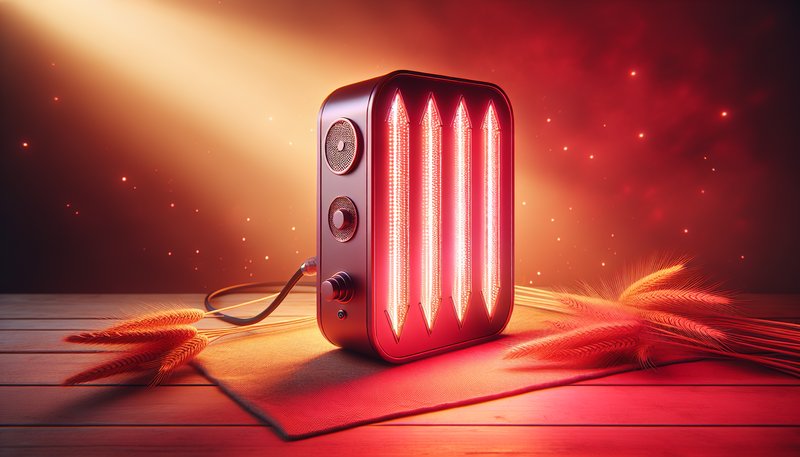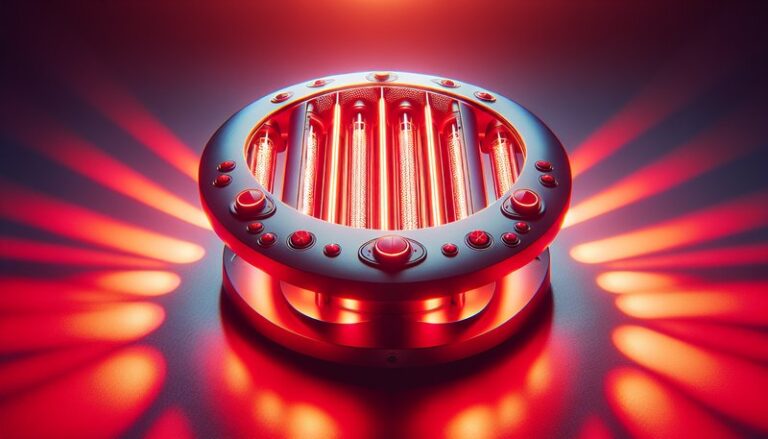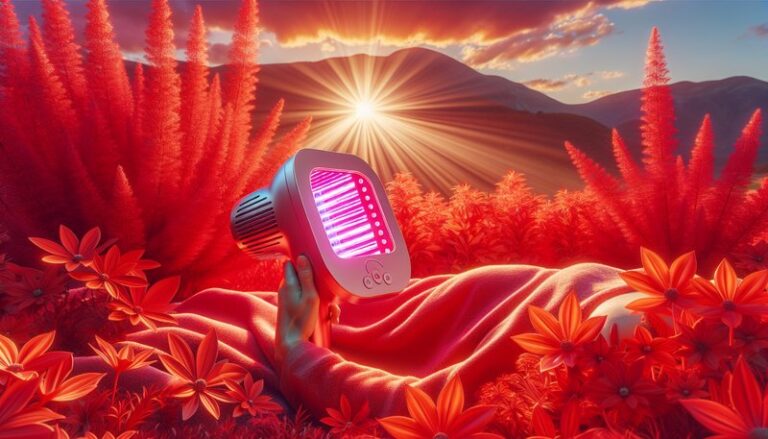Is All Red Light Therapy The Same?
Have you ever wondered if every red light therapy treatment is created equal?
Get all the info in Red Light Therapy Effectiveness
This article will explore the nuances of red light therapy (RLT), examining its types, benefits, applications, and considerations, helping you discern whether all red light therapies are indeed the same or if they vary significantly.
Key Takeaways
- Not all red light therapies have the same wavelength or intensity, which can affect their effectiveness.
- The benefits of red light therapy extend beyond skin treatment, including muscle recovery and pain management.
- Understanding the differences in technology and applications can help you choose the right therapy for your needs.
What is Red Light Therapy?
Red light therapy (RLT) is a non-invasive treatment that uses specific wavelengths of light, typically in the red and near-infrared spectrum, to stimulate cellular processes. By delivering these light wavelengths to the skin, RLT aims to enhance healing, reduce inflammation, and promote overall tissue repair.
The therapy relies on the principle of photobiomodulation, where light energy is absorbed by cells’ mitochondria, enhancing their energy production and subsequently promoting various healing processes.
Different devices and applications can vary significantly in their effectiveness owing to factors like:
– Wavelength: The specific ranges of red light (around 600-800nm) have different effects on the body.
– Intensity: Higher fluencies can lead to better therapeutic outcomes.
– Treatment duration: Longer treatments may improve results, but this varies by individual.
What are the Benefits of Red Light Therapy?
Red light therapy offers a myriad of benefits, making it a popular choice for health and wellness enthusiasts.
Enhanced Skin Health
RLT can improve skin texture, reduce wrinkles, and promote collagen production. Studies have shown that regular use can lead to significant improvements in skin elasticity and appearance.
Pain Relief and Muscle Recovery
Athletes often turn to red light therapy for its ability to alleviate muscle pain and enhance recovery post-exercise. The therapy stimulates circulation and reduces inflammation, speeding up healing time.
Improved Mood and Sleep
Emerging research suggests that RLT may help regulate circadian rhythms, leading to better sleep quality. The comforting warmth of the light may also have mood-enhancing properties, reducing symptoms of depression and anxiety.
Learn the whole story Do Red Light Beds Work?
Promotes Wound Healing
RLT has been shown to accelerate wound healing in both superficial and deep tissues. Its ability to stimulate cellular repair and increase blood flow supports faster recovery from injuries and surgeries.
Is it Possible to Utilize Red Light Therapy at Home?
Yes, many devices are available for home use, ranging from handheld units to full-body panels. However, the effectiveness of these devices largely depends on their specifications and your intended use.
What are the Advantages of At-Home Red Light Therapy?
Increased Convenience
At-home use eliminates the need for frequent trips to a clinic, providing flexibility to incorporate therapy into your daily routine.
Cost-Effectiveness
Owning a device can be more economical in the long run compared to regular sessions at professional clinics.
Personalized Treatment
You can tailor your treatment sessions according to your preferences and schedule, potentially enhancing satisfaction.
What are the Disadvantages of At-Home Red Light Therapy?
Lack of Professional Guidance
Without professional oversight, users may misuse devices or overlook underlying conditions that require medical attention.
Variable Device Quality
The market is flooded with devices offering differing levels of quality and effectiveness, potentially leading to underwhelming results.
Limited Power/Intensity
Home devices may not deliver the same intensity as professional-grade machines, which can limit treatment efficacy.
What are the Things to Consider Before Using Red Light Therapy?
Before starting red light therapy, consider several important factors.
Consultation with a Healthcare Professional
It’s crucial to consult a healthcare provider, especially if you have underlying health concerns or are pregnant.
Device Specifications
Research the specifications of at-home devices, including their wavelength and irradiance. Ensure they meet the optimal ranges for effective therapy.
Consistency of Treatment
To reap the full benefits of RLT, establish a consistent treatment schedule. Sporadic use may yield less effective results.
Skin Sensitivity
Some individuals may have sensitivities to light therapy; thus, it’s necessary to monitor your skin’s response and adjust treatment accordingly.
What are the Alternatives to Red Light Therapy?
While red light therapy is beneficial, other therapies also promote healing and wellness.
Laser Therapy
Utilizing concentrated light energy, laser therapy can target deeper tissues and provide pain relief, although it often requires a trained professional.
Heat Therapy
Heat therapy, through methods like heating pads or saunas, can relieve muscle tension and pain but may not penetrate as deeply as light therapy.
Physical Therapy
Involves hands-on techniques and exercises tailor-made by professionals for muscle recovery and rehabilitation, providing a holistic approach to healing.
Conclusion: Is it Recommended to Use Red Light Therapy?
Red light therapy can be beneficial for various conditions, from skin health to pain relief. However, the effectiveness depends on the device used, treatment consistency, and individual response. For anyone considering RLT, understanding how it fits into their overall treatment strategy is essential. Consulting with a healthcare provider can help tailor the approach to individual needs.
Frequently Asked Questions
Is red light therapy safe?
Yes, red light therapy is generally considered safe for most individuals. However, consulting with a healthcare professional is advised before starting treatment.
How often should I use red light therapy?
The optimal frequency depends on the condition being treated. Most users benefit from 2-3 sessions per week but consult your therapist for personalized guidance.
Can I combine red light therapy with other treatments?
Yes, red light therapy can often be used in conjunction with other treatments. Always discuss this with your healthcare provider for the best results.
What should I look for in a good RLT device?
Look for devices with specific wavelengths in the red and near-infrared spectrum, high irradiance for effective treatment, and solid customer reviews.
Are there any side effects to red light therapy?
Red light therapy is well-tolerated, but some users may experience mild redness or warmth at the treatment site, which typically resolves quickly.





